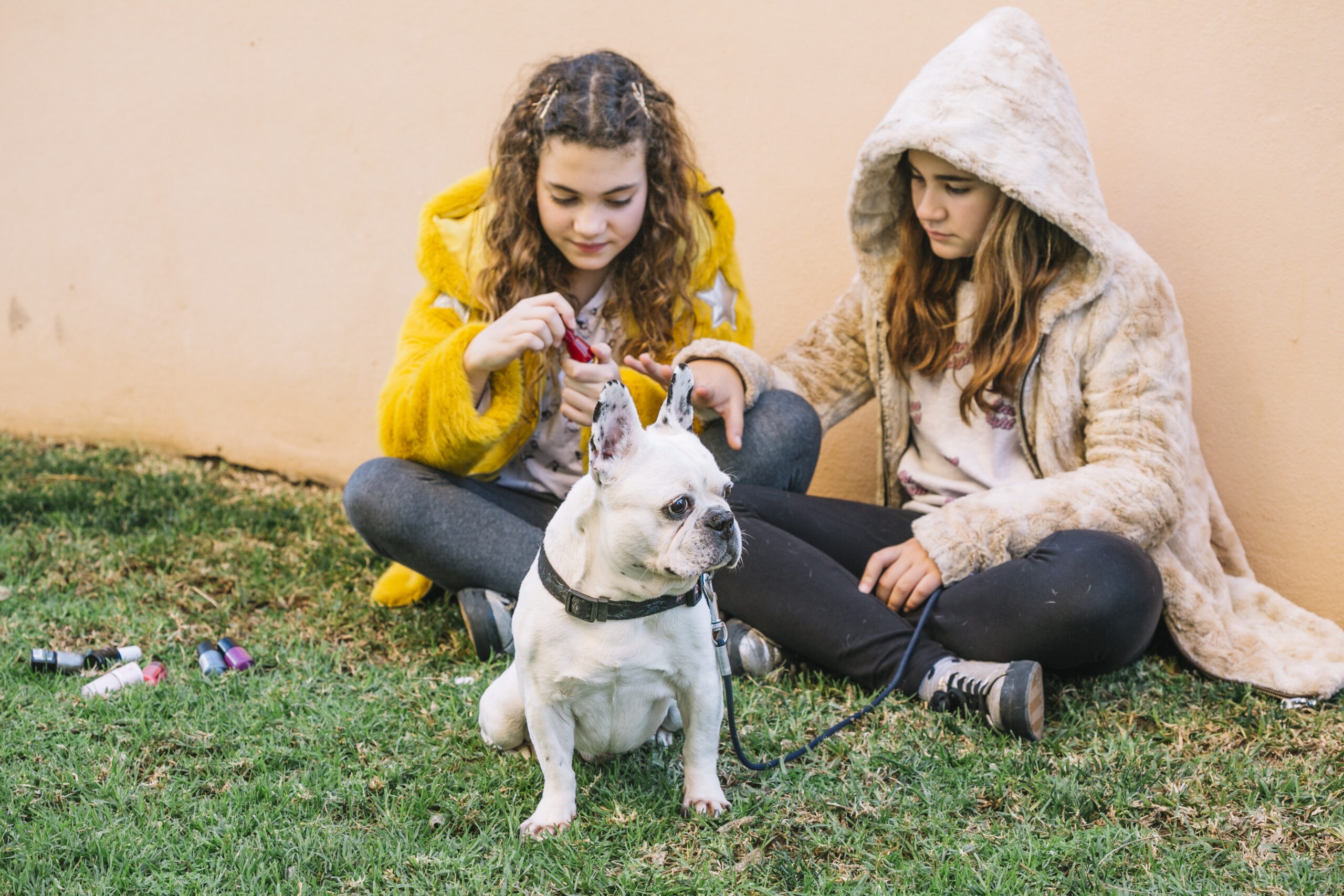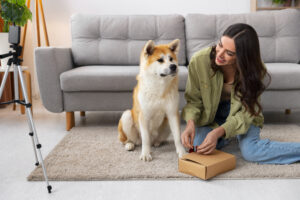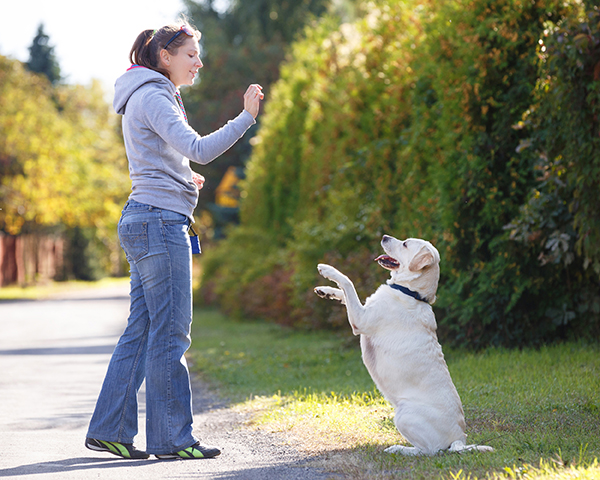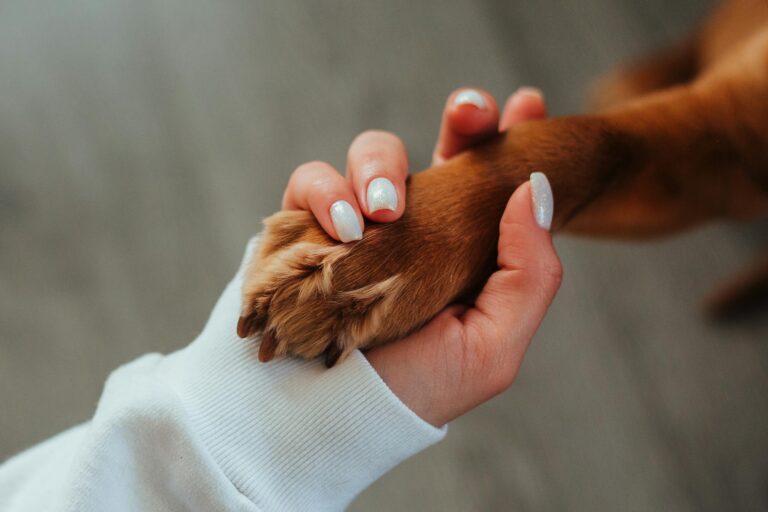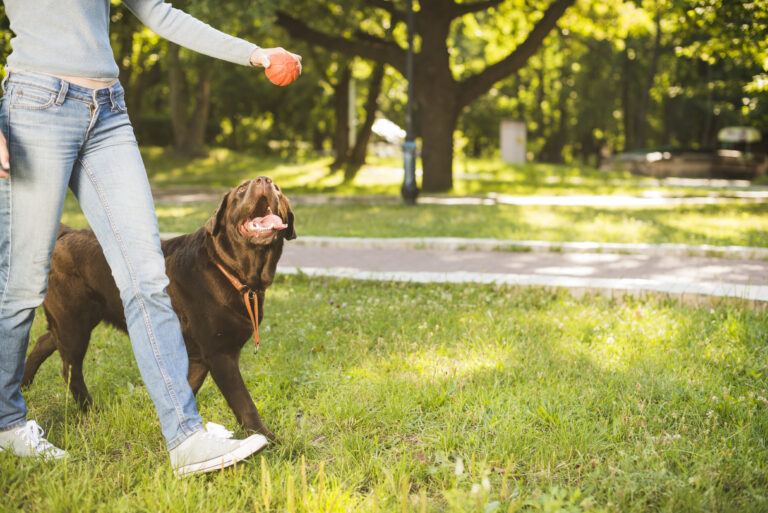Training for Good Manners: How Polite Behaviors Can Help Dogs in Social Settings
Training for good manners is essential for ensuring your dog behaves appropriately in social settings. Polite behaviors can enhance your dog’s interactions with other dogs and people, making them a joy to be around.
Historically, dogs have been companions and guardians, but their role in social settings has evolved dramatically. Today, about 68% of pet owners face behavioral issues that training resolves, showcasing the necessity for structured manners training. Addressing these challenges involves a comprehensive approach that balances obedience with social integration, emphasizing the vast benefits this has in today’s interconnected world.
Well-mannered dogs enhance social interactions by promoting calm and predictable behaviors. Training ensures they respond appropriately to various settings, making them welcome at public events and gatherings. Such behaviors foster positive interactions, reduce stress for owners and pets, and increase opportunities for inclusion in diverse social activities.
Training for Good Manners: How Polite Behaviors Can Help Dogs in Social Settings
Training dogs in good manners is crucial for their behavior in social settings. Dogs, like people, are often judged on how well they behave in public spaces. Polite dogs make life easier for their owners, especially when navigating crowded places. Imagine a dog that doesn’t bark wildly or tug on the leash when meeting new friends. Such behaviors make outings more enjoyable and stress-free for everyone involved.
Effective dog training focuses on teaching basic commands and social cues. Commands like sit, stay, or come are the building blocks of polite behavior. When dogs understand these commands, they are less likely to act out. This is particularly important in social settings like parks or events. Training can prevent awkward situations and ensure the dog is a welcome guest anywhere.
Trainers use various techniques to achieve these results. Positive reinforcement is a common and effective method. Dogs are rewarded for good behavior, encouraging them to repeat it. Treats, praise, or playtime can serve as powerful incentives. This approach not only teaches commands but also strengthens the bond between dog and owner.
Training helps dogs adapt to different social settings with ease. In dog parks, playful interactions follow established rules, thanks to proper training. These well-mannered behaviors are beneficial during gatherings or trips where other pets and people are present. Training doesn’t just help the dog; it also helps everyone around them. It’s a win-win situation, making social outings delightful for all.
How to Train your Dog Good Manners and to Take Treats Gently!
The Importance of Good Manners in Dogs
Good manners in dogs go far beyond simple obedience. They create a positive environment not only for the dog but also for those around them. When dogs behave well, they contribute to a peaceful and harmonious setting. This makes them welcome in more places, such as community events and family gatherings. Ultimately, polite dogs enrich the lives of everyone they meet.
Well-mannered dogs are easier to handle in various situations. Owners can confidently walk their pets through busy streets without fear of misbehavior. Their ability to stay calm and focused results from effective training. Such dogs are less likely to jump on strangers or chase after other animals. Being well-behaved allows them to feel comfortable and secure in any situation.
Good manners also strengthen the bond between dogs and their owners. Training sessions become enjoyable shared activities. Owners experience a sense of pride as their dogs master each new skill. This bond nurtures trust and mutual respect, deepening their relationship. In turn, this makes training more successful and fulfilling for both parties.
Teaching good manners can also prevent dangerous situations. Dogs that follow commands are less likely to run into traffic or get lost. Their ability to socialize well reduces conflicts with other dogs and people. By instilling good manners, owners not only protect their pets but also create a safer community. It’s a responsibility that brings both peace of mind and joy.
Teaching Your Dog Polite Behaviors: A Comprehensive Approach
Teaching your dog polite behaviors involves more than just basic commands; it’s about creating a lifelong learning experience. Start early to set the foundation for a well-behaved pet. Consistency is key, so make sure every family member uses the same commands and rules. Create a regular training schedule to help your dog understand what’s expected. This approach builds confidence and creates a happy household.
Training sessions should be fun and rewarding. Use positive reinforcement to encourage good behavior. Treats are effective, but you can also use toys or praise to motivate your dog. Keep sessions short to maintain their interest. Engaged dogs learn faster and are more excited about new challenges.
Socialization plays a big role in teaching manners. Introduce your dog to different environments and people. Socialization helps them become comfortable in new situations and less fearful of unfamiliar faces. Make sure interactions are safe and pleasant to avoid negative experiences. A well-socialized dog is more likely to behave politely in public.
Challenges may arise, but they offer opportunities for growth. Some dogs take longer to learn specific behaviors. Observe their progress and adjust training methods as needed. Patience and persistence will pay off with positive results. By being understanding and flexible, you’ll create a trusting relationship with your dog.
Role of Professional Dog Training in Behavioral Changes
Professional dog training can be a game-changer for pets with behavioral issues. Trainers assess each dog’s needs, tailoring their approach. This personalized attention leads to effective learning. Many dogs benefit from the structured environment and focus provided by professionals. Their expertise guides the dog’s transformation from unruly to obedient.
Trainers employ a variety of techniques to address behavioral challenges. Positive reinforcement is a preferred method. This involves rewarding dogs for desirable actions. It encourages them to repeat the behavior. Other methods may include clicker training or gentle corrections.
Socialization is a key part of professional training. Trainers expose dogs to various scenarios. This helps dogs adapt better to everyday situations. Dogs learn to be calm around other animals and people. These lessons are crucial for their overall development.
Owners notice significant improvements after professional training. They see changes in their dog’s behavior, both at home and in public. Difficult behaviors such as aggression or separation anxiety may lessen or disappear. The training also boosts the owner’s confidence in handling their pet. This shared growth strengthens the owner-dog relationship.
Group training classes offer additional benefits. Interaction with other dogs provides learning opportunities. Dogs observe and sometimes mirror each other’s behavior. Instructors guide the group dynamics, facilitating learning. Group settings help dogs practice patience and social skills for a more balanced demeanor.
Impact of Well-mannered Dogs in Various Social Settings
Well-mannered dogs greatly enhance social settings by making interactions smoother and more enjoyable. At public parks, these dogs play harmoniously, respecting both their fellow dogs and human visitors. They follow their owners’ cues, reducing stress and potential conflicts. Thus, everyone can relax and enjoy the shared space without worry. This creates a friendly atmosphere where people and pets can happily coexist.
In restaurants and cafes, polite dogs contribute to a pleasant dining experience. They sit quietly at their owner’s feet, avoiding disruptions for other patrons. This enhances the establishment’s reputation as a pet-friendly venue. As a result, more families feel comfortable bringing their dogs along. Dining out becomes a joyful, inclusive event for everyone involved.
Many well-behaved dogs excel in therapy roles. Their calm and gentle nature makes them ideal companions for nursing homes and hospitals. Patients and residents find comfort and happiness in their company. These dogs’ manners help them adapt to various environments. Their visits often lead to smiles and meaningful interactions, lifting spirits wherever they go.
At community events, trained dogs add to the fun without causing chaos. Well-mannered pets are often part of parades or demonstrations, showcasing their skills. They draw crowds with their charm, becoming an adorable highlight of the event. Their presence encourages others to practice training with their own pets. Events become more engaging and lively thanks to their participation.
Even in daily routines like visiting the vet, good manners improve the experience for everyone. Dogs that remain calm and cooperate during examinations reduce stress for themselves and the staff. Owners are reassured by their pet’s ability to handle these visits gracefully. This behavior not only ensures efficient appointments but also sets an example. Such calmness contributes to the smooth running of any multi-pet settings.
Success Stories: Transformations through Training
Many dog owners have witnessed incredible transformations in their pets through dedicated training. Take Bella, for instance, a once-anxious Labrador who found it hard to socialize. With consistent training, she learned to stay calm around other dogs and new people. Bella’s owner used positive reinforcement techniques, rewarding her progress with treats and praise. Now, Bella can join her family confidently on outings without any fear.
Rex, a hyperactive Beagle, caused chaos whenever guests visited his home. He would jump and bark excessively, making people feel uneasy. A local trainer worked with Rex using structured exercises to curb his excitement. Over time, Rex adapted to new commands. His home is now peaceful, and visitors enjoy his friendly, composed demeanor.
Then there’s Max, a border collie who struggled with leash pulling, making walks stressful. His owner attended a series of obedience classes to tackle this challenge. With the trainer’s guidance, Max learned to walk calmly beside his owner. This new behavior changed their daily walks into enjoyable experiences. Max now confidently joins his owner on hikes, exploring local trails with ease.
A rescue dog named Daisy had issues with trust, which made her aggressive towards strangers. Her foster family enrolled her in a specialized program designed to help dogs with fear-based aggression. The trainers focused on building Daisy’s confidence through gradual exposure to new situations. After months of patient work, Daisy’s aggression subsided. She is now a loving pet who enjoys playtime with neighborhood kids.
Finally, consider Sparky, a small terrier that barked uncontrollably at noises outside. This behavior disrupted his owner’s sleep and peace. After seeking help from a training center, Sparky engaged in noise desensitization activities. Gradual exposure, combined with calming techniques, helped Sparky adjust to his environment. His owner now enjoys quiet nights, and Sparky is a calmer, happier dog.
Frequently Asked Questions
Understanding how good manners impact dogs in social environments can enhance their interactions. Here are some common questions about training and its benefits for dogs and their owners.
1. How do dogs benefit from learning good manners?
Dogs that learn good manners are more adaptable and confident in various settings. They feel more secure because they understand what’s expected of them, reducing anxiety and stress. This confidence allows them to behave more predictably around strangers and other animals. As a result, their overall happiness and well-being increase significantly.
Training reinforces positive interactions, making dogs more enjoyable companions during outings or visits to public spaces. They become a source of pride for their owners, who enjoy the freedom to include their dogs in multiple social activities. Well-mannered dogs are more likely to be welcomed in communities and events, enriching their and their owner’s lives.
2. What are some basic polite behaviors that dogs should learn?
Basic polite behaviors for dogs include sitting, staying, coming when called, and walking on a leash without pulling. These commands help them interact safely and respectfully with people and animals. Teaching these behaviors using positive reinforcement builds a strong relationship between dogs and their owners. It also provides dogs with the structure and consistency they crave.
In addition to basic commands, dogs should learn to be calm in busy environments and not to jump on people. Learning these manners prevents accidents and makes the dog more pleasant to be around. Well-trained dogs can enjoy more freedom and are trusted in a variety of situations, from parks to family gatherings.
3. Why is socialization important for training dogs?
Socialization is crucial for dogs because it helps them become comfortable in different settings and situations. By exposing dogs to a variety of people, animals, and environments, they learn to respond calmly and confidently. This exposure reduces fear and anxiety, which are common triggers for misbehavior. Practice in real-world scenarios refines their good manners.
Well-socialized dogs are less likely to exhibit aggressive or fearful behaviors. They are more adaptable and can handle changes in their environment without stress. This not only improves their quality of life but also makes them more enjoyable companions for their families. A well-socialized dog is prepared for a harmonious life in a human-dominated world.
4. How long does it typically take to train a dog in good manners?
The time it takes to train a dog in good manners varies depending on the dog’s age, breed, and temperament. Puppies generally learn faster and may require only several weeks to pick up new commands. However, older dogs may need more time and patience. Reinforcement and consistency in training are vital at any age.
The process can take months for a dog to fully adopt good manners, but the initial training often shows noticeable improvements within a few weeks. Regular practice and engagement in social settings help solidify these behaviors. Owners should see training as an ongoing process, continuously reinforcing good habits and addressing any new challenges.
5. Can professional training programs help with specific behavioral issues?
Yes, professional training programs can be incredibly effective for addressing specific behavioral issues in dogs. Trainers have the experience and skills to assess and tailor their strategies based on individual needs. For example, dogs with fear-based aggression or separation anxiety often benefit from structured interventions. The results can lead to dramatic improvements in the dog’s behavior.
These programs offer one-on-one attention and ongoing support, ensuring a comprehensive approach to overcoming problems. Professional trainers can also teach owners how to continue the progress at home. The combination of expert guidance and consistent reinforcement at home maximizes the likelihood of success, providing lasting behavior changes.
Good Manners Class for Dogs
Conclusion
Training dogs in good manners is essential for their well-being and the comfort of everyone around them. Polite behaviors enable dogs to interact harmoniously in diverse social settings. This training builds a solid foundation, ensuring dogs are happy and stress-free, contributing to enriched experiences for their owners.
Investing time and resources in training leads to positive transformations in canine behavior. Expert guidance can address specific issues and enhance the training process. Ultimately, well-mannered dogs become cherished members of their community, making every outing an enjoyable and rewarding experience.

